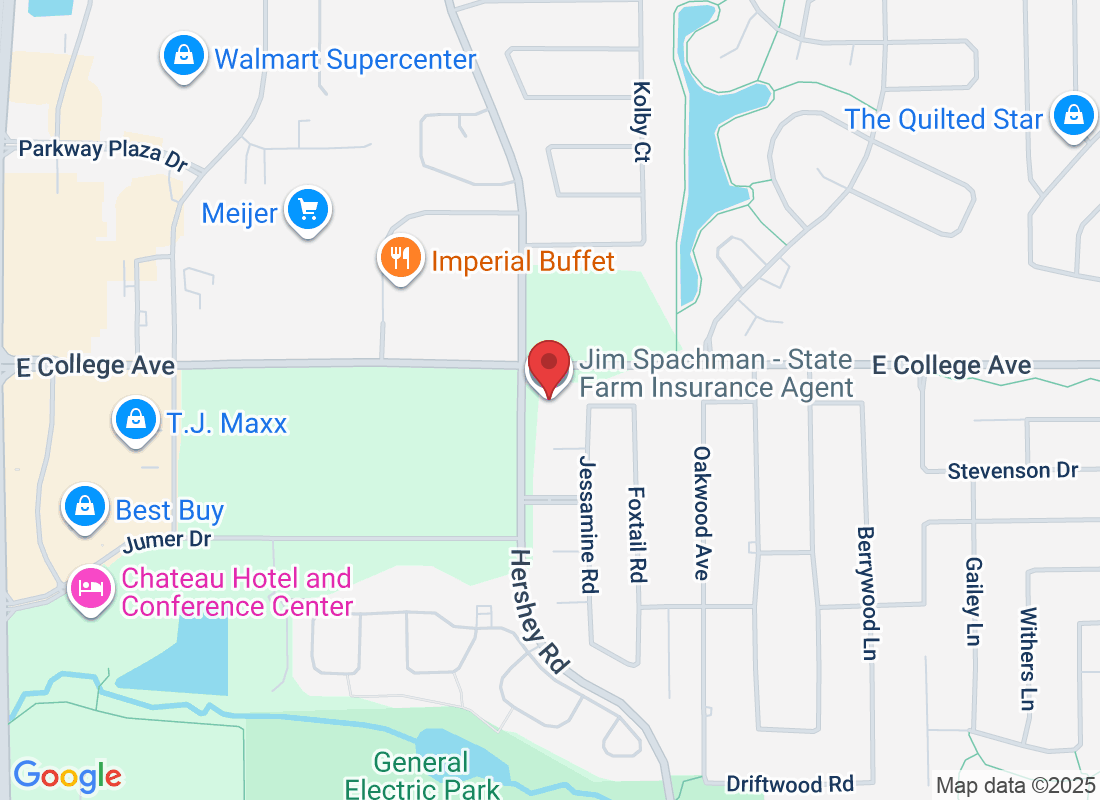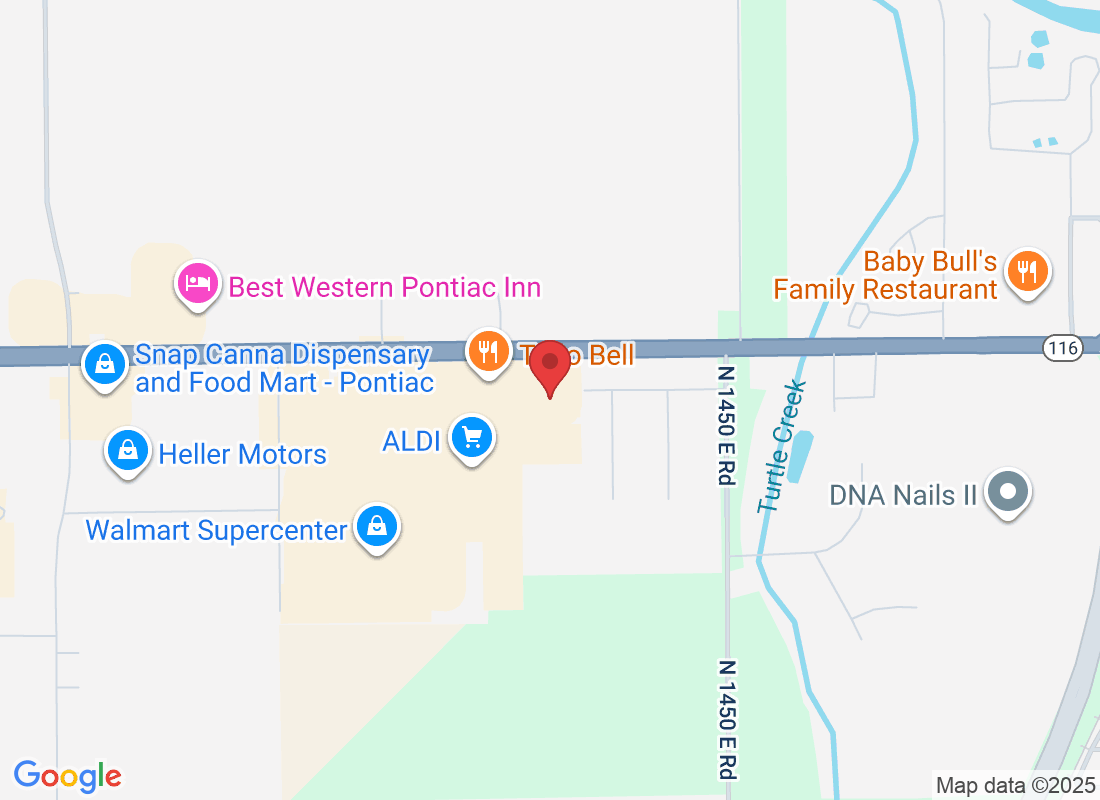
Ankle Arthritis Care: Bracing, Injections, Replacement vs. Fusion
Ankle Arthritis Care: Bracing, Injections, Replacement vs. Fusion
If your ankles ache when you walk, climb stairs, or even just stand, you might be dealing with ankle arthritis. It’s a common condition where the smooth cartilage that cushions your ankle joint wears down, making movement painful and stiff. The good news? There are several ways to help manage it — from simple braces to advanced surgeries.
Bracing: The First Line of Defense
Ankle braces can make a big difference for many people. They work by supporting the joint and limiting painful motion. Think of it like giving your ankle a helping hand so it doesn’t have to work so hard.
There are different types of braces:
Soft braces that give light support and comfort.
Rigid braces that limit motion to reduce pain.
Your podiatrist can help you find the right fit based on how severe your arthritis is.
Injections: Quick Relief for Flare-Ups
When bracing isn’t enough, injections can help calm down the inflammation.
Common options include:
Corticosteroid injections – These reduce pain and swelling fast, but the effects don’t last forever.
Hyaluronic acid injections – Sometimes called “joint lubricant” shots, they can help the ankle move more smoothly.
Platelet-rich plasma (PRP) – Uses your own blood’s healing factors to support joint repair and comfort.
Injections can be a great short-term solution, especially if you’re not ready for surgery.
Ankle Replacement: Keeping the Motion
If the joint is badly damaged, your doctor might recommend ankle replacement surgery. This is where the worn-out parts of your joint are replaced with an artificial joint made of metal and plastic.
The biggest benefit? You keep joint movement and can often walk more naturally again. Recovery takes time, but many people return to the activities they love with much less pain.
Ankle Fusion: A Strong, Pain-Free Joint
For some, ankle fusion (also called arthrodesis) is the better choice. In this procedure, the damaged bones are joined together so they heal into one solid bone.
That means the joint won’t move anymore — but the pain goes away because the damaged cartilage is no longer rubbing. Fusion creates a stable, pain-free ankle that can handle everyday activities well.
Choosing What’s Right for You
There’s no one-size-fits-all answer when it comes to ankle arthritis. Some people do great with braces and injections, while others need surgery to get lasting relief.
The best step you can take is to talk with a podiatrist who can look at your ankle, your lifestyle, and your goals — and help you choose the treatment that fits you best.




